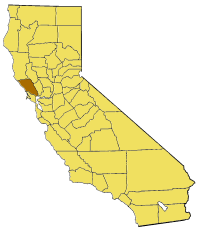T-Mobile Buys USI Fiber, Digital C Goes to Detroit, and the Technology Spread Coming to BEAD | Episode 119 of the Connect This! Show

Catch the latest episode of the Connect This! Show, with co-host Christopher Mitchell (ILSR) joined by regular guests Kim McKinley (TAK Broadband) and Doug Dawson (CCG Consulting) and special guests Gigi Sohn (American Association for Public Broadband) and Josh Etheridge (EPC). Topics include:
- Mountain Connect Reflections
- T-Mobile Buys USI Fiber
- Digital C Goes to Detroit
- T-Mo / US Cellular shows limits of Trump anti-trust interest
- Fiber Still Coming to BEAD?
- Cable Losing Ground to Fiber and FWA
Join us live on August 13th at 2pm ET, or listen afterwards wherever you get your podcasts.
Email us at broadband@communitynets.org with feedback and ideas for the show.
Subscribe to the show using this feed or find it on the Connect This! page, and watch on LinkedIn, on YouTube Live, on Facebook live, or below.



